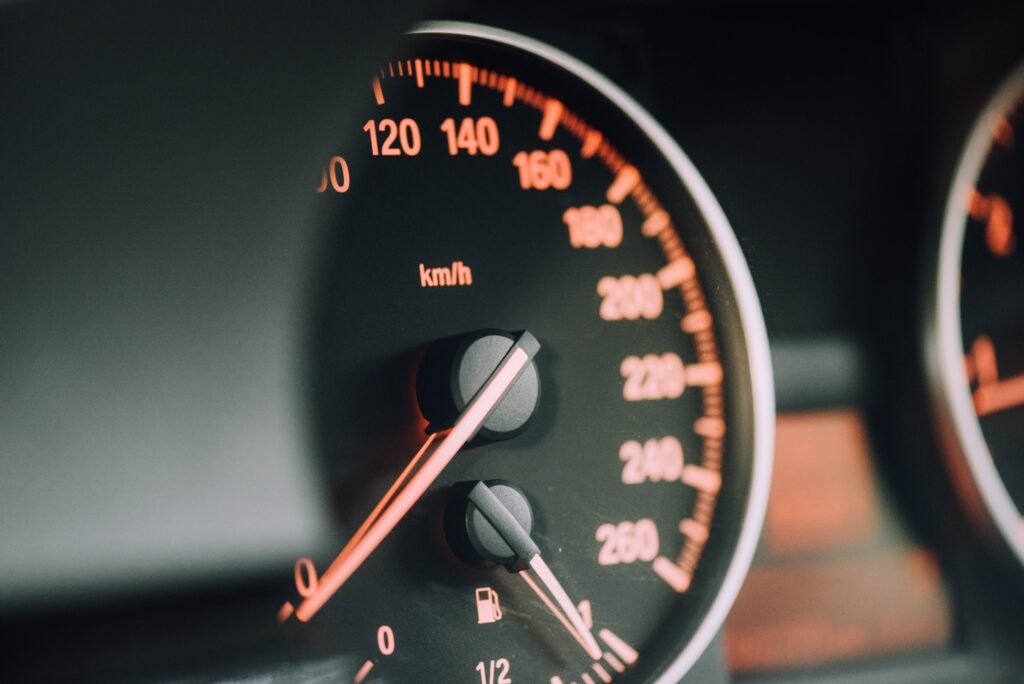
Overheating cars used to be a very common thing years ago. If you were driving in a hilly area, chances were high that the engine would strain and end up overheating as a result. These days there are sensors and sophisticated systems that can mostly prevent a car from overeating.
However, there are a number of reasons that a car can overheat even with advances in motor technology. For instance, gaskets can get brittle and spring leaks which cause a loss of antifreeze which is a coolant. Some hoses can also get blocked so the coolant isn’t able to circulate which causes the engine to get hot.
Whatever the reason for the car overheating, you need to understand what to do if it happens otherwise there could be damage done that is very costly. In this article, we will go over several tips on what to do if you are faced with an overheating engine.
1 – Know the signs
The most obvious indicator is that your temperature gauge on the dashboard is going to show that the engine is getting hot. If it shows the needle in the first third of the gauge, then it is in the safe range. As it gets past halfway that indicates that there is a problem and you are going to have an overheating engine.
There may also be a light that goes on the dashboard that indicates that the engine is overheating. However, many people don’t pay much attention to gauges on the car so you may not notice it’s overheating by these indications.
If you see steam coming out of the hood then this is the surest sign that trouble is literally brewing and you need to take action.
2 – Turn on the heater
To get the engine cooled enough to not overheat completely and buy some time, turn on the heater to full blast. The heat you get into the car comes from the engine heat that is generated while it is running. There isn’t a heat exchanger that heats the air for the internal heater which is why there is no heat if the engine isn’t running when you turn it on.
This will draw some heat away from the engine and encourage air to circulate and keep the engine slightly cooler. It isn’t going to fix the fact that it is overheating but will hopefully allow you to drive far enough to a garage where you can get help without doing any serious damage.
3 – Add coolant
You may have a coolant leak causing the car to overheat in which case you need to put some back into the engine. You should always have a can of coolant in your car for just such an emergency.
Find a place to safely pull over and turn the car off. Allow the engine to cool because you can get burned if you try to open the radiator cap while it’s hot.
Once it is safe to open it, add some coolant until you hit the full line on the reservoir. Start the engine again and look at the temperature gauge. If it has gone down then this should allow you to get to a service station to have it looked at.



